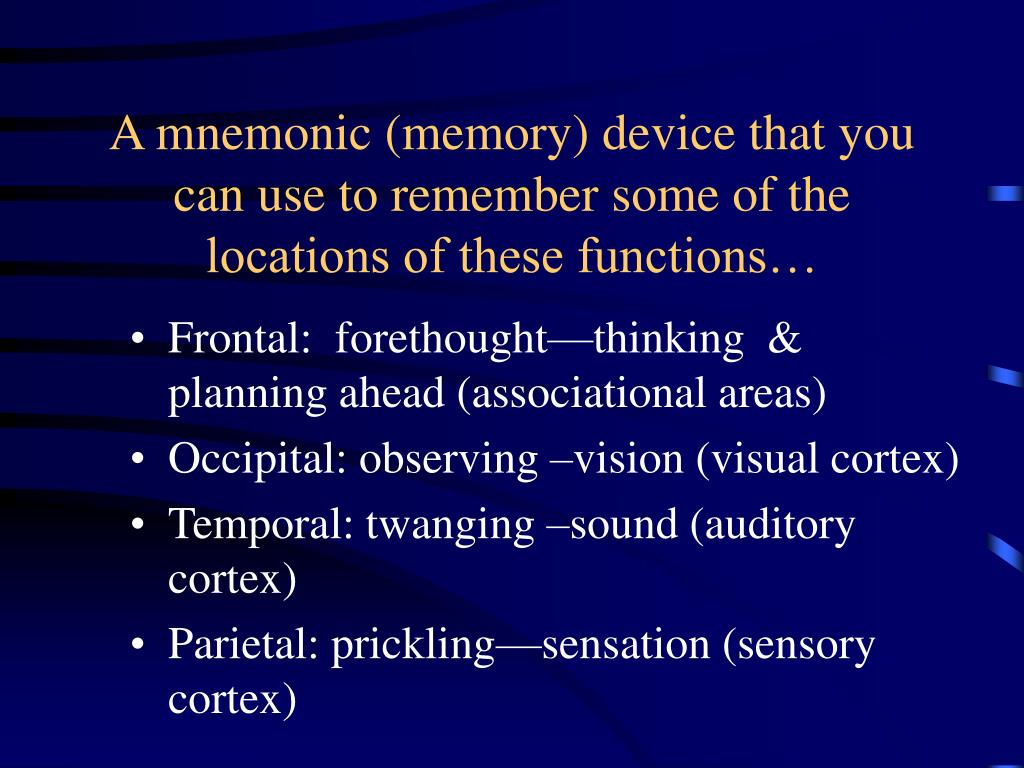Science mnemonic devices
7 Scientific Mnemonic Devices to Make Studying Easier
Updated March 06, 2018
By Woaria Rashid
Science, technology, engineering and math (STEM) classes are challenging and often require a lot of study time to memorize the many formulas and concepts. But once you become familiar with them, the pieces fall into place. One method for remembering a large quantity of information is the use of mnemonic devices — memory tools that aid in creating shortcuts and recalling information easily. It could be anything from acronyms, a tune, or forming a silly yet memorable sentence where the the first letter of a word represents another idea. We put together a list of seven mnemonic devices from various STEM subjects you’re likely to encounter. And, of course, have fun creating your own!
••• ChrisGorgio/iStock/GettyImages
1. Order of the Planets (excluding Pluto)
Since Pluto was demoted to a dwarf planet, there are only eight planets to remember: Mercury, Venus, Earth, Mars, Jupiter, Saturn, Uranus, Neptune. The first letter of each word in the mnemonic device represents the eight planets closest to the sun.
Mnemonic: My Very Educated Mother Just Served Us Nachos
2. Features of a Living Organism
We determine whether an organism is living or non-living by using these seven life processes: Movement, Respiration, Sensation, Growth, Reproduction, Excretion, Nutrition.
Mnemonic: MRS GREN
••• Hey Darlin/iStock/GettyImages
3. Five Great Lakes
The five great lakes – located on the United States and Canadian border – make up the largest body of freshwater in the world. This acronym is a simple way to remember Lake Huron, Lake Ontario, Lake Michigan, Lake Erie and Lake Superior.
Mnemonic: HOMES
4. Order of Operations
In complex math equations, follow the order of operations – Parentheses, Exponents, Multiply, Divide, Add, Subtract – because if you forget or skip a step, you’ll arrive at the wrong answer.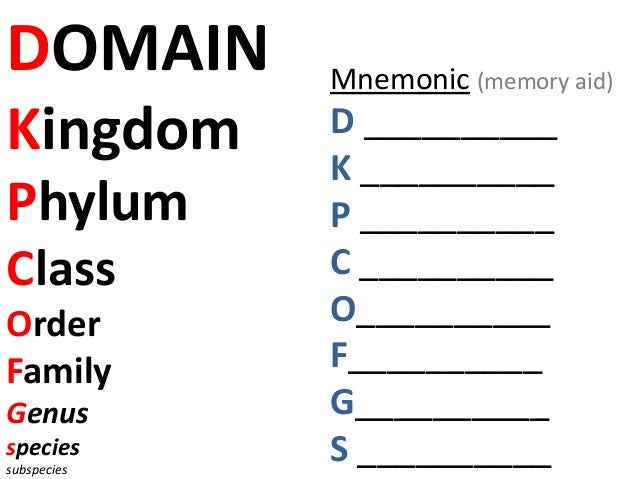 Use this mnemonic to remember which operation comes first.
Use this mnemonic to remember which operation comes first.
Mnemonic: Please Excuse My Dear Aunt Sally (PEMDAS)
••• plusphoto/iStock/GettyImages
5. Colors in Rainbow
The colors of the visible light spectrum are red, orange, yellow, green, blue, indigo and violet. It sounds like it could be someone’s first name, initial and last name.
Mnemonic: ROY G. BIV
6. Levels of Classification
The organization of living things is grouped into these main biological categories: Domain, Kingdom, Phylum, Class, Order, Family, Genus, Species. As you get further down the taxonomy, these groups branch out to more sub-groups.
Mnemonic: Dear King Phillip Come Over For Good Soup
••• vencavolrab/iStock/GettyImages
7. Geological Time Periods
Geological time periods are used by scientists to describe the timing and relationship of events that occurred in Earth’s history.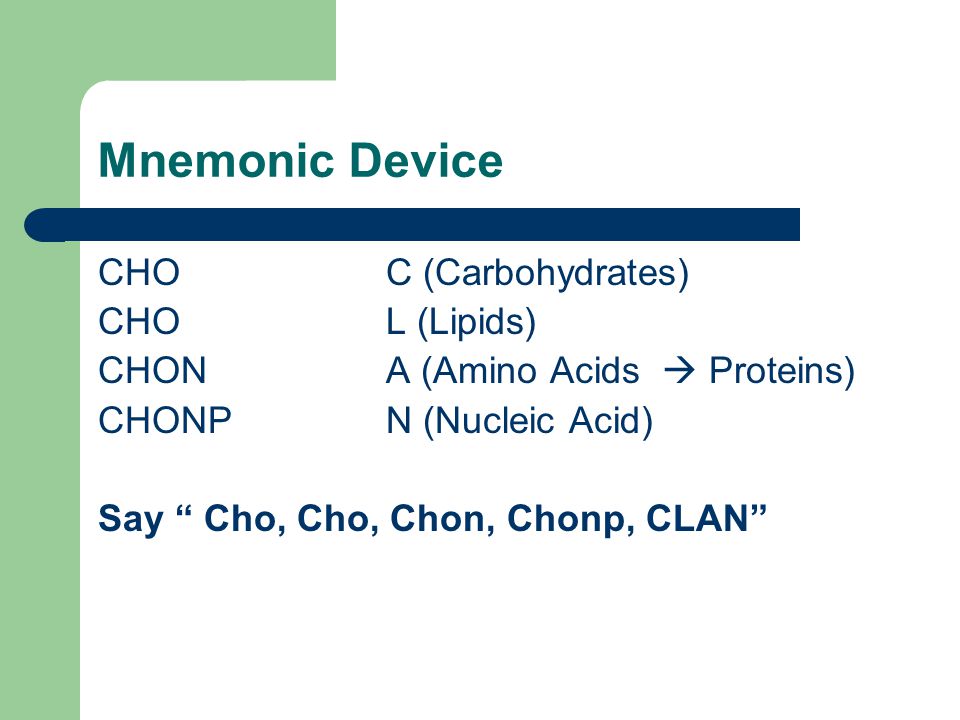 The geological periods include: Precambrian, Cambrian, Ordovician, Silurian, Devonian, Carboniferous, Permian, Triassic, Jurassic, Cretaceous, Paleocene, Eocene, Oligocene, Miocene, Pliocene, Pleistocene, Recent (Holocene).
The geological periods include: Precambrian, Cambrian, Ordovician, Silurian, Devonian, Carboniferous, Permian, Triassic, Jurassic, Cretaceous, Paleocene, Eocene, Oligocene, Miocene, Pliocene, Pleistocene, Recent (Holocene).
Mnemonic: Pregnant Camels Often Sit Down Carefully, Perhaps Their Joints Creak? Possibly Early Oiling Might Prevent Permanent Rheumatism
5 Scientific Mnemonic Devices To Make Studying Easier And How To Make Your Own
Science can be a challenging subject for many students, especially with so many formulas and concepts to try and learn. Using mnemonic devices can be a helpful method to make remembering difficult topics or recalling sequences much easier. We’ve chosen our top five scientific mnemonics to make studying that little bit easier and we’ve even included a quick guide for students to make their own mnemonics too.
What Is A Mnemonic?
A mnemonic is a technique that students can use to help remember information.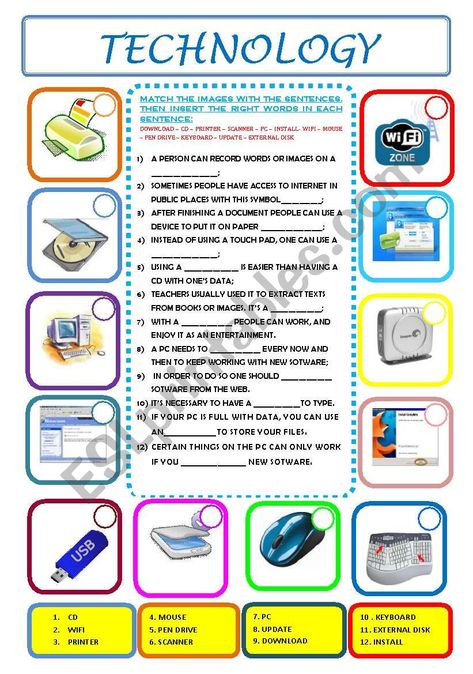 For example, you might associate a term or date you need to remember with a common item you’re familiar with. Alternatively, mnemonic devices such as acronyms where the first letter of each word is made into a memorable sentence, can help automatically recall information when needed- ideal for exam revision.
For example, you might associate a term or date you need to remember with a common item you’re familiar with. Alternatively, mnemonic devices such as acronyms where the first letter of each word is made into a memorable sentence, can help automatically recall information when needed- ideal for exam revision.
1. Order Of The Planets
One of the most common mnemonics is to help younger children remember the order of the planets- starting from the closest to the sun to the furthest. As Pluto was demoted to a dwarf planet, there are now only eight planets to remember: Mercury, Venus, Earth, Mars, Jupiter, Saturn, Uranus, Neptune. The first letter of each word in the mnemonic device represents the eight planets closest to the sun.
Use Mnemonic: My Very Educated Mother Just Served Us Nachos
2. The Chemical Elements
From symbols and atomic numbers to groups and periods, any student knows there is plenty to remember when it comes to the periodic table.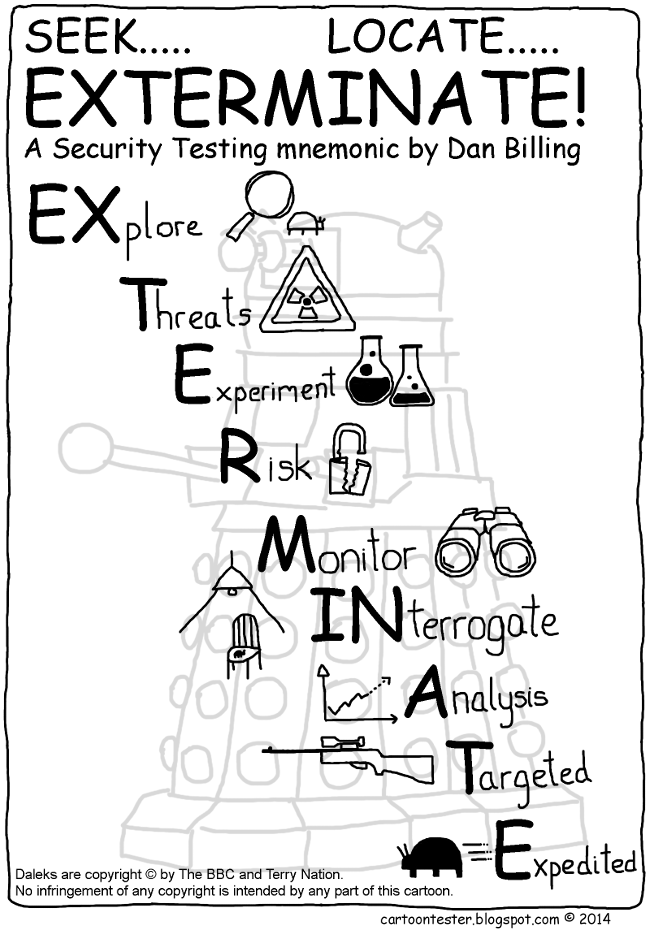 However, trying to recall the names of the elements themselves can get a little tricky. The mnemonic below not only helps students remember the names of the first half dozen elements (hydrogen, helium, lithium, beryllium, boron, and carbon) but also their chemical symbols. (H, He, Li, Be, B, C)
However, trying to recall the names of the elements themselves can get a little tricky. The mnemonic below not only helps students remember the names of the first half dozen elements (hydrogen, helium, lithium, beryllium, boron, and carbon) but also their chemical symbols. (H, He, Li, Be, B, C)
Use Mnemonic: Happy Henry Lives Beside Boron Cottage
For the first 20 elements, there’s a slightly extended version.
Use Mnemonic: Happy Henry Lives Beside Boron Cottage, Near Our Friend Nelly Nancy MgAllen. Silly Patrick Stays Close. Arthur Kisses Carrie.
From ‘near’ onwards, this will help students remember: nitrogen (N), oxygen (O), fluorine (F), neon (Ne), sodium (Na), magnesium (Mg), aluminium (Al), silicon (Si), phosphorus (P), sulphur (S), chlorine (Cl), argon (Ar), potassium (K), and calcium (Ca).
3. The Colours Of The Rainbow
A simple mnemonic for children in primary school to use is for the colours of the rainbow: Red, Orange, Yellow, Green, Blue, Indigo, Violet.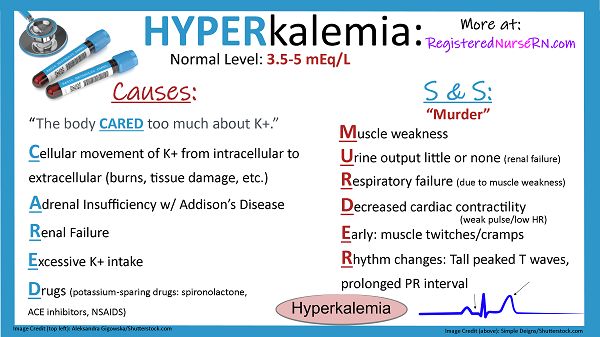 Even though many modern scientists no longer consider Indigo to be a part of the rainbow, it’s still included for now!
Even though many modern scientists no longer consider Indigo to be a part of the rainbow, it’s still included for now!
Use Mnemonic: Richard Of York Gave Battle In Vain
4. Learning The Cell Cycle
As students start learning biological concepts, it can be overwhelming how many processes, cycles and stages they have to remember. One of the first being the cycle of a cell. This mnemonic accounts for the interphase and the divisional phases of the cell cycle. INTERPHASE: G1 Growth phase 1. S Synthetic phase. G2 Growth phase2. DIVISIONAL PHASE: M Mitosis/Meiosis. C Cytokinesis.
Use Mnemonic: Go Sally Go! Make Children
5. Remembering Cranial Bones
Remembering the names of different bones in the body is certainly a difficult task. Here’s a fun mnemonic to help students remember the six most important bones in the skull: Occipital, Parietal, Frontal, Temporal, Ethmoid and Sphenoid.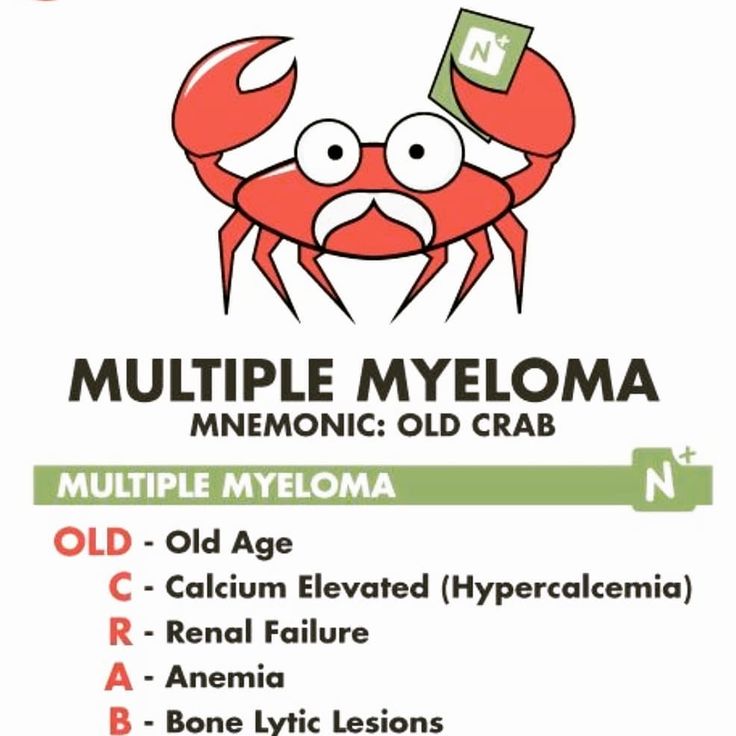
Use Mnemonic: Old People From Texas Eat Spiders
How To Make Your Own Mnemonic
Getting students to make up their own mnemonics is a great idea if they’re finding it difficult to learn a lot of information about a specific subject or memorise a list of words. It can make all the difference in tests and exams, especially for topics like science, maths, history and geography. Here’s a quick step-by-step guide on where to start when it comes to making up a mnemonic and how to remember it quickly too!
Step One: Write out the list of words that need to be memorised. Do this in order.
Step Two: Write out some ideas of how you can create a fun mnemonic for the list of words. We recommend using names of people you know and making up a funny scenario as this can make it easier to remember.
Step Three: Finalise the sentence and write it out a few more times. It’s also a good idea to practice saying the mnemonic aloud too- this helps it form in students long term memory.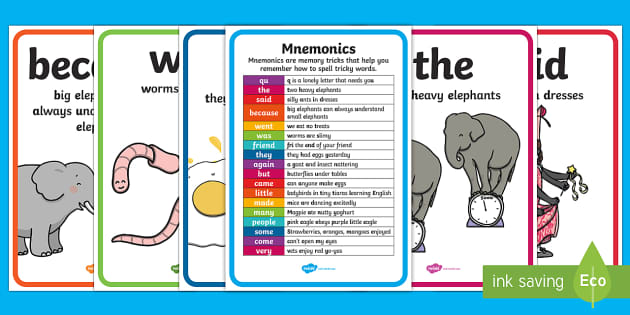
Step Four: Come back and see if they can remember the mnemonic in full the next day. If they can, that's excellent- if not, it’s a good idea to work with them to tweak it slightly so it’s a little easier to recall.
what it is, description of memorization techniques, types and methods of mnemonics
Study Abroad: Latest NewsThe best mnemonics to help you structure and remember any information
Mnemonics helps to perceive, structure and quickly memorize a large amount of information. This is absolutely necessary in our information age.
Despite the fact that the possibilities of the human brain are almost limitless, being able to use them as efficiently as possible is a separate science.
What is mnemonics?
Mnemonics, or mnemonics, is a set of methods and techniques for effectively memorizing information and increasing memory capacity.
Mnemonics exercises are based on different ways of remembering information: visualization, auditory, kinesthetic representation, modifications, linking and simplification.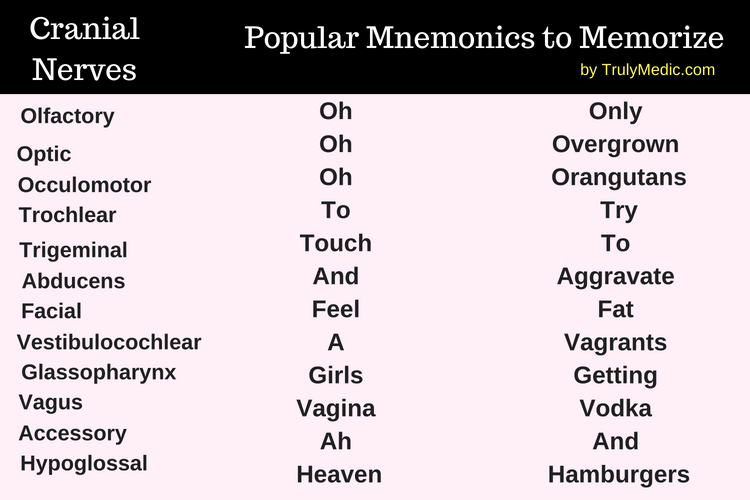
All of them help to build associative chains with existing information and quickly remember new data.
Why do we need mnemonics for study?
Mnemonics helps students to study productively and not spend all their time cramming information.
When you are preparing for a presentation, report or exam, working with a large number of sources of information, learning a foreign language or doing any other business from which your brain slowly boils, the use of mnemonics allows you to quickly memorize and structure information.
Thanks to proven mnemonics, analysis and data structuring techniques, you will be able to maximize the abilities of your brain and will be much easier to cope with various tasks.
Even More Life Hacks for Productive Study
Don't believe me? We invite you to test these techniques for yourself!
Mnemonics: exercises and techniques
Edge effect
The edge effect, also known as the edge effect, is that most people tend to remember information better at the beginning and end of a structure.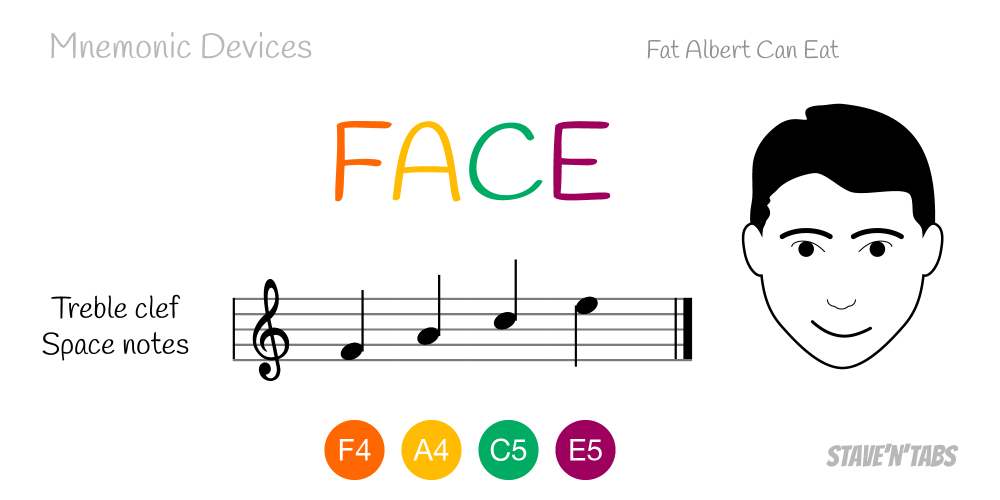 This effect was discovered quite a long time ago, back in 19century it was studied by the German scientist Hermann Ebbinghaus.
This effect was discovered quite a long time ago, back in 19century it was studied by the German scientist Hermann Ebbinghaus.
In Russia, this principle is widely known thanks to the film "17 Moments of Spring". The protagonist of this film used the edge effect in order to deliberately switch the attention of the interlocutor.
The edge effect can be used not only for memorizing information or communicating with other people, but also for structuring data. Important information is usually placed either at the end or at the beginning of the structural group.
Miller's rule (7 ± 2)
In the 20th century, psychologist George Miller conducted a series of experiments with a group of people and discovered an interesting pattern. It lies in the fact that, on average, a person’s short-term memory is able to accommodate: 9 binary numbers, 8 decimal numbers, 7 letters of the alphabet or 5 monosyllabic words. This is roughly a group of seven plus or minus two elements, which is why Miller's rule is also called "seven plus or minus two.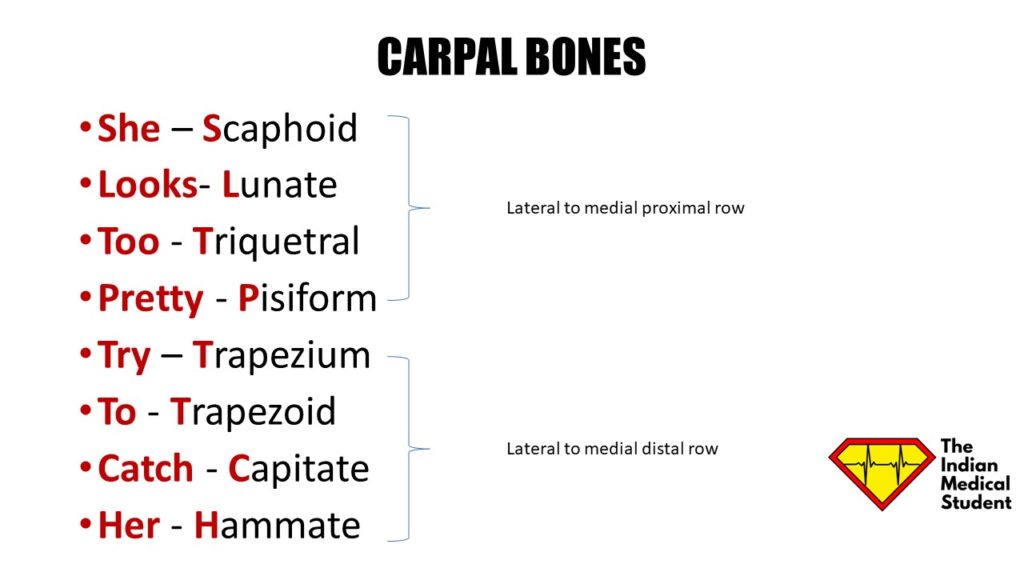 "
"
This rule is widely used in attention training classes, but it is also useful for creating an information structure that can be stored in our "working memory". Therefore, when memorizing information, it is not recommended to create the number of groups or subgroups exceeding 7 elements.
Restorff effect
The Restorff effect, also called the isolation effect, relies entirely on the characteristics of human memory. It lies in the fact that an object that stands out from a number of similar homogeneous objects is remembered better than others. In a word, the stronger something stands out, the better it is remembered.
It is this effect that advertisers often use, who do everything to make sure that the product is best remembered and sunk into the minds of consumers.
Knowing about this effect is also important when working with information. When structuring data, it is worth highlighting groups that are different from one another.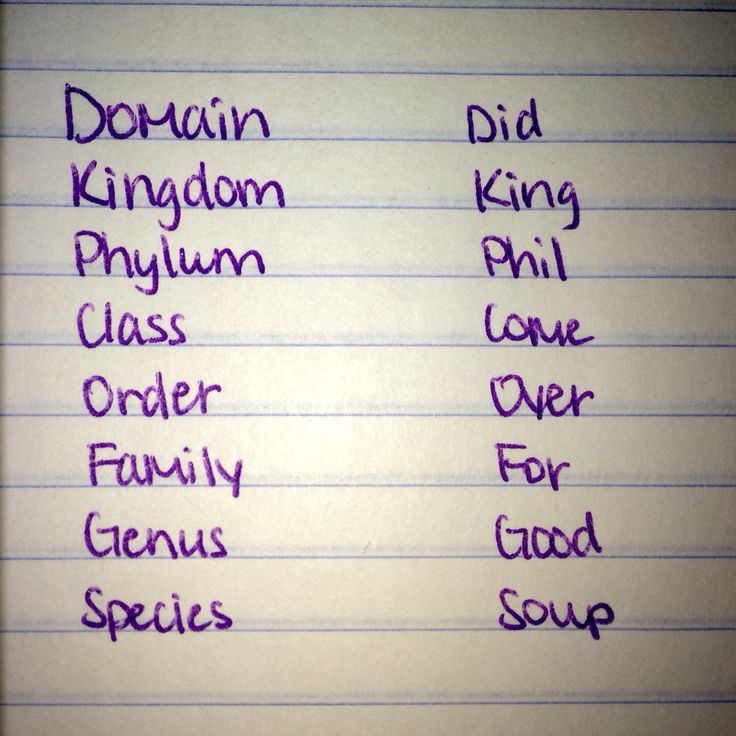 In the case when each element of the memorized material is bright and ambiguous, you will be able to memorize the entire material faster.
In the case when each element of the memorized material is bright and ambiguous, you will be able to memorize the entire material faster.
Roman room method
The Cicero chain, or Roman room method, is a very simple but effective method of structuring, memorizing and reproducing information that has been used since ancient times.
The essence of the technique lies in the fact that the memorized objects must be mentally arranged in a well-known room in a strictly defined order. After that, it will be enough for you to remember this room in order to reproduce the necessary information.
For example, you can imagine your room, office, even a familiar street or work desk. The main thing is that the chosen space should be very familiar to you.
The method has such an unusual name in memory of Cicero, who used this technique in preparation for his speeches. He walked around his own house and mentally placed the key points of his speech in it.
Buzan Mind Map Method
Another popular method of structuring and memorizing new information is to depict the structure of information using flowcharts.
This method is called variously, for example, the method of mental maps, mind mapping, mind diagram, mental and associative map.
In addition to organizing and remembering information, the method is also used by psychologists and trainers for the proper setting of goals and project management.
To correctly build a mental map, you must do the following:
- take the material to be learned (article, textbook, text, table, etc.), paper, pens and colored markers
- in the center of the sheet, draw any symbol with the name or content of the entire material
- from the center to the edges of the sheet, draw lines (chains of connections) that should reflect the structure of the studied material
So, instead of lists or unorganized text with a lot of unnecessary data, you get a structured diagram with the main idea in the center of the sheet and logical chains of information. This is one of the best ways to create a convenient and logical structure for memorizing all sorts of materials, from foreign words to speaking tests.
This is one of the best ways to create a convenient and logical structure for memorizing all sorts of materials, from foreign words to speaking tests.
Numbers through letters
In everyday life, we often need to remember phone numbers, digital passwords and other combinations of numbers. Gadgets are not always at hand, and it is not always worth trusting them with important information, and remembering numbers is often difficult.
In this case, there is a convenient technique in which a certain consonant is assigned to each digit. Memorization of numbers on it occurs as follows.
The digits of the combination are divided into pairs, and for each pair a word is invented in which the first consonants correspond to the assigned letter. Further, a whole sentence is compiled from them.
Hangers
This mnemonics is similar to the previous one. Its essence lies in the fact that each digit is assigned a certain number of images.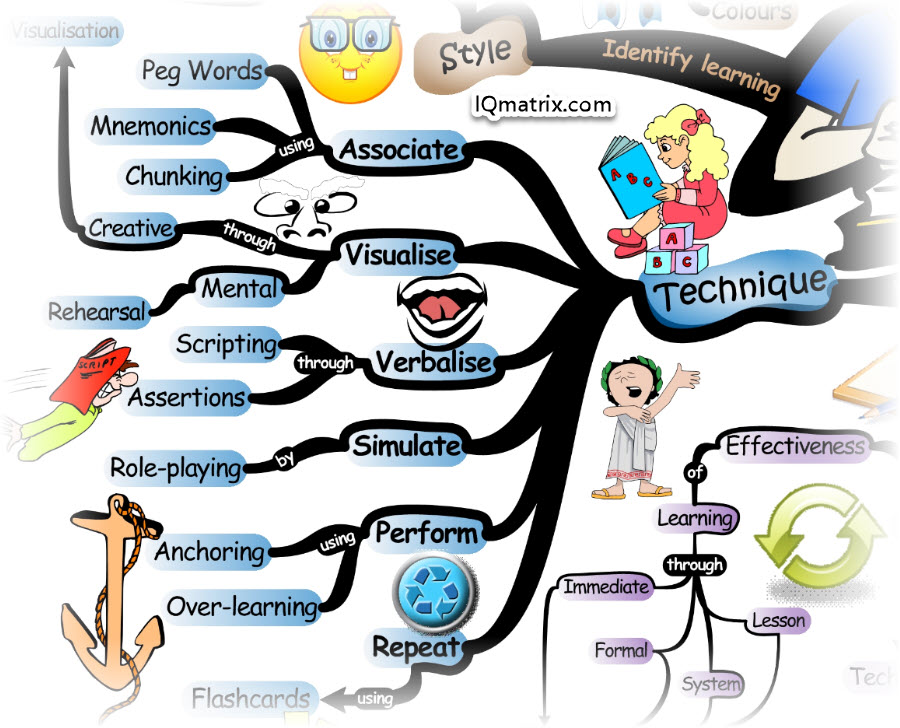 It is advisable to make 3-4 such "hangers" and learn them well. After that, any combination of numbers will be presented as a story, and it will not be difficult to remember it.
It is advisable to make 3-4 such "hangers" and learn them well. After that, any combination of numbers will be presented as a story, and it will not be difficult to remember it.
Numbers through images
And another cool technique for memorizing numbers. In this case, each number is also assigned an object that resembles a figure in shape. For example, for the number "0" you can use a bagel or a ball.
Combinations are memorized by the method of compiling stories, as in other similar methods. The advantage of remembering numbers through such images associated with the form is that the association is more easily perceived by the human brain.
System Shed
You can also use the Shed system to memorize small number combinations. In this system, combinations are remembered by compiling stories in which each word will equal a number in the number of letters.
As we have already noted, this technique should be used only for memorizing combinations of small numbers, since it can take a long time to mentally count the letters in a word.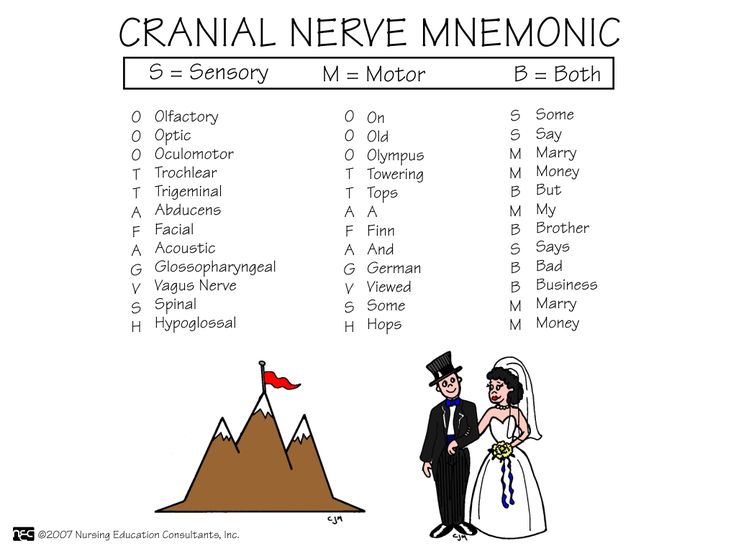
Phonetic associations
Studying a foreign language? This technique can help you expand your vocabulary quickly and effectively. The system of phonetic associations is based on the fact that in every language there are words that are phonetically consonant, but distinct in meaning.
Thus, memorizing new vocabulary, you can create a number of associations, thanks to which the word will gradually become perceived as native.
Jump over the language barrier: advice from psychologists and polyglots
Interaction of sensations
This is another important and useful technique that will help you learn a foreign language. It is quite powerful and quite easy to use, especially in these times of the Internet. You don't need to associate new words or come up with codes to use it.
It's just that each new word should be directed to the right object, this is how the "interaction of sensations" appears.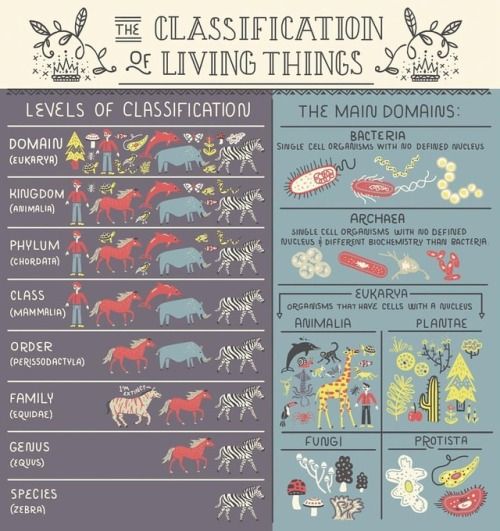 For example, memorizing the word "door" - look at it, and memorizing the word "giraffe" - find it in a search engine and look at the photos of this animal.
For example, memorizing the word "door" - look at it, and memorizing the word "giraffe" - find it in a search engine and look at the photos of this animal.
Names and faces
Many of us at least once found ourselves at a party, meeting or forum where you need to get acquainted with a large number of new people, remembering them by name and face.
Unfortunately, this is not so easy to do, especially if you are worried or feel out of sorts. Even if it seems to you that you remember everyone, memory can fail you at the most crucial moment.
So, for remembering the names of strangers, there are two main proven methods:
- Association with a famous person. As a rule, remembering a person you know with the same name as your new acquaintance is not difficult. To consolidate the result, you can also find some common feature between them and make an even more logical association.
- Selection of modifications.
 To remember the name of a person, you can think of many variations of his name and mentally name a new acquaintance with each of them. After that, it will be difficult to forget how to address it.
To remember the name of a person, you can think of many variations of his name and mentally name a new acquaintance with each of them. After that, it will be difficult to forget how to address it.
When it comes to remembering people by sight, the main task is to recognize a person at a new meeting after a recent acquaintance. To do this, you should show maximum interest in him in the process of communication.
Appearance helps to remember finding a distinctive feature. Unfortunately, it is mostly negative. For example, a large nose, bald patches or deep-set eyes.
There is another technique popular in the West, which allows you to remember the names and faces of new people at the same time. This method is often used by businessmen and famous people who attend social events.
Here's how it works. For example, you have just been introduced to Fred, who has a big nose. Say to yourself - "Fred big nose." In this way, you will create a double association in your brain, and in the future you will be able to quickly recall this person both by name and appearance.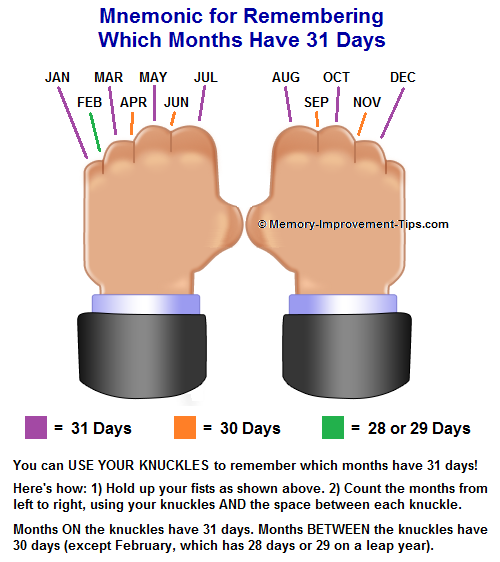 Most importantly, never say such “nicknames” out loud!
Most importantly, never say such “nicknames” out loud!
Chain pickup
This is not the easiest to use, but very effective mnemonics. Once you master it, this technique will become your faithful assistant.
In the "chain" method, images are associated in pairs in an association. The sizes of the images are approximately the same in each pair. After you have formed a connection between the first and second image, the first image is removed from consciousness by transferring attention to the second.
After that, a relationship is formed between the second and third image, and so on. Thus, when a chain of images is recreated, three to five images appear in consciousness at once.
A chain of images comes out of memory, appears in consciousness and disappears again in memory. When creating such a chain, always mentally form connections according to a certain system. If the association is horizontal, the first image should be placed on the left.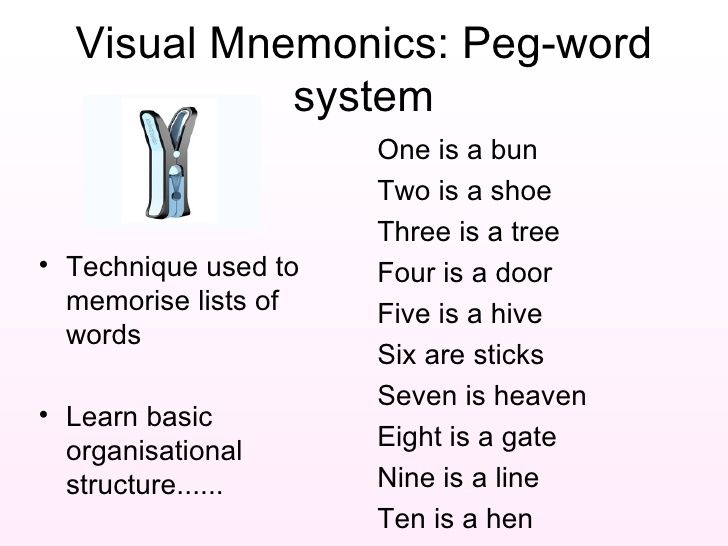
If the association is vertical, the first image is placed at the bottom. If the images penetrate each other when combined, place the second image in the first one. When you recreate the chain in your brain, read the images in the same order.
Matryoshka reception
This technique is similar to the previous one and is also based on the mental construction of associative chains. In this case, the images are also connected in pairs. The first image of an association must always be greater than the second and contains the second image.
After connecting the first and second images, turn your attention to the second image. The first must disappear from consciousness. Then mentally enlarge the second image and create an association between the second and third images, and so on.
Images are constantly nested into each other like a nesting doll, hence the name of the technique. At the same time, only two images should always be clearly visible in the association.
Recreation is carried out in a similar way. Imagine the first image and wait for the second to come from memory. After that, switch your attention to the second image, increasing it, and wait for the third one to appear.
It is important to note that this method of connecting images is used very intensively. It needs to be carefully worked out. The first image in a pair should be much larger than the second.
When mentally increasing the first image, try to select a sub-image in it, to which then attach the second “small” image of the pair.
Rhymes and rhythms
Do you remember how at school we were taught to memorize not long and complex rules, but short rhythmic rhymes? This also works in adulthood. If you can’t rhyme the information you need, you can pick up lines and phrases rhythmically, as well as combine them with the motive of your favorite song.
This mnemonics is perfect if you need to remember a sequence of numbers that are not related to each other. For example, the number of a bank card or a friend's car, a phone number or a combination for an intercom.
For example, the number of a bank card or a friend's car, a phone number or a combination for an intercom.
Aivazovsky method
Many famous people used mnemonics. For example, the famous marine painter Ivan Konstantinovich Aivazovsky is credited with a special method based on photographic memory, which is so important for creative people.
This technique will come to the rescue when you need to remember in the smallest detail any kind, picture or image of a person.
Look at an object, landscape or person for 3-5 seconds and try to remember the details as best you can. Then close your eyes and mentally visualize the object in great detail. Ask yourself questions about the details of this image, mentally answer and supplement it.
Then open your eyes for a second, look at the object again and complete the image. Finally, close your eyes and try to get the brightest possible image of the subject.
Repeat the last two steps several times. After that, it will be much easier for you to reproduce the necessary visual information in memory.
After that, it will be much easier for you to reproduce the necessary visual information in memory.
Also learn about cool methods of learning foreign languages and ways to learn a lot of information in a short time!
explore methods to increase brain memory / Sudo Null IT News0001
A good memory is often an inborn feature of some people. And therefore there is no point in competing with genetic "mutants", exhausting yourself with training, including memorizing poems and inventing associative stories. Since everything is written in the genome, you can’t jump above your head.
Indeed, not everyone can build memory palaces like Sherlock and visualize any sequence of information. If you've tried the basic tricks listed in the Wikipedia mnemonics article and it doesn't work, then there's nothing wrong with that - memorization techniques for an overworked brain become a super task.
However, not everything is so bad. Scientific studies show [1] that some mnemonics can literally physically change the structure of the brain and increase the skill of memory management.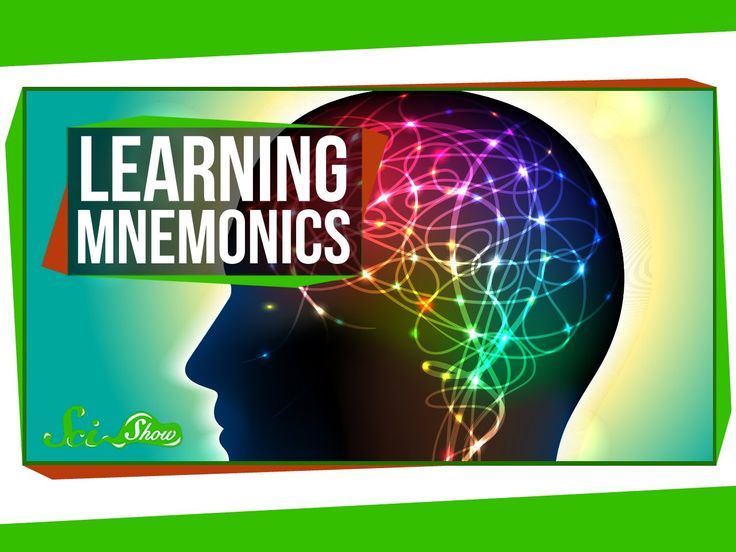 Many of the world's most successful mnemonists in professional memorization competitions began learning as adults and have been able to greatly enhance their brains. The secret is that the brain changes gradually. In some studies [2] the first tangible result was achieved after six weeks of training, and a noticeable improvement in memory was observed four months after the start of training. Memory itself is not so important - what matters is how efficiently you think at a particular moment in time.
Many of the world's most successful mnemonists in professional memorization competitions began learning as adults and have been able to greatly enhance their brains. The secret is that the brain changes gradually. In some studies [2] the first tangible result was achieved after six weeks of training, and a noticeable improvement in memory was observed four months after the start of training. Memory itself is not so important - what matters is how efficiently you think at a particular moment in time.
Our brain is not particularly adapted to the modern information age. Distant hunter-gatherer ancestors didn't have to memorize a curriculum, follow verbatim instructions, or network, memorizing the names of dozens of strangers as they went. They needed to remember where to find food, which plants were edible and which were poisonous, how to get home—those vital skills on which life literally depended. This is probably why we absorb visual information relatively well.
At the same time, long-term studies and perseverance will not give the expected result if the mastered mnemonics are not simple enough.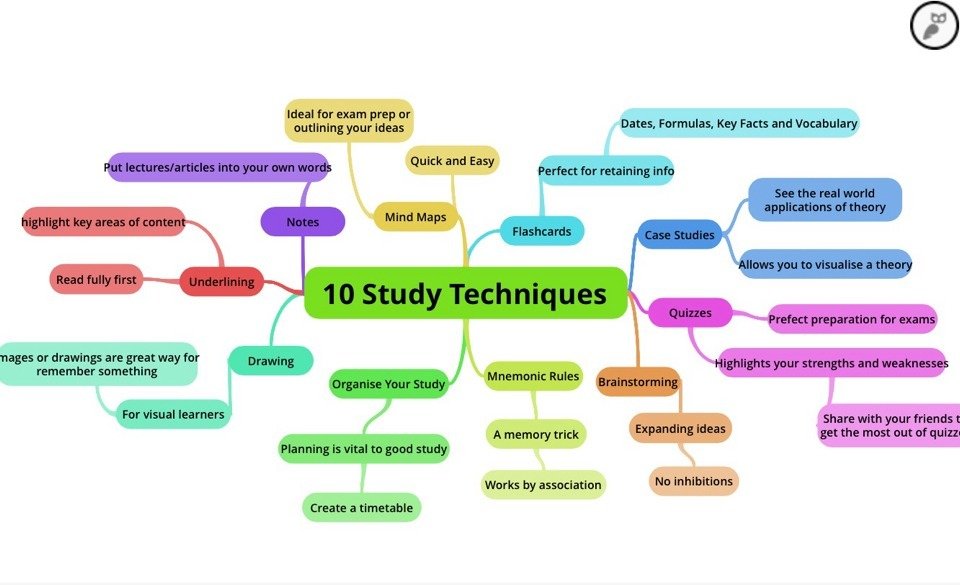 In other words, a memory enhancement technique should easily associate important information with an image, sentence, or word. In this regard, the method of loci, in which landmarks on a familiar route become information that you need to remember, is not always suitable for beginners.
In other words, a memory enhancement technique should easily associate important information with an image, sentence, or word. In this regard, the method of loci, in which landmarks on a familiar route become information that you need to remember, is not always suitable for beginners.
Formation of mental images
Source
Visualization is the most important aspect of memorization and memory in general [3] . The brain is constantly predicting. To do this, he builds images, visualizes the surrounding space (hence the phenomenon of prophetic dreams). This process does not require tension, there is no need to look at certain objects or specifically meditate - you just do it.
You want a new car and imagine yourself in it. Or you want to eat chocolate cake, you instantly imagine the sweet taste. Moreover, for the brain, it doesn’t really matter whether you really see an object or just imagine it - the thought of food causes appetite, and a frightening bogeyman jumping from a closet in a computer game makes you want to hit and run.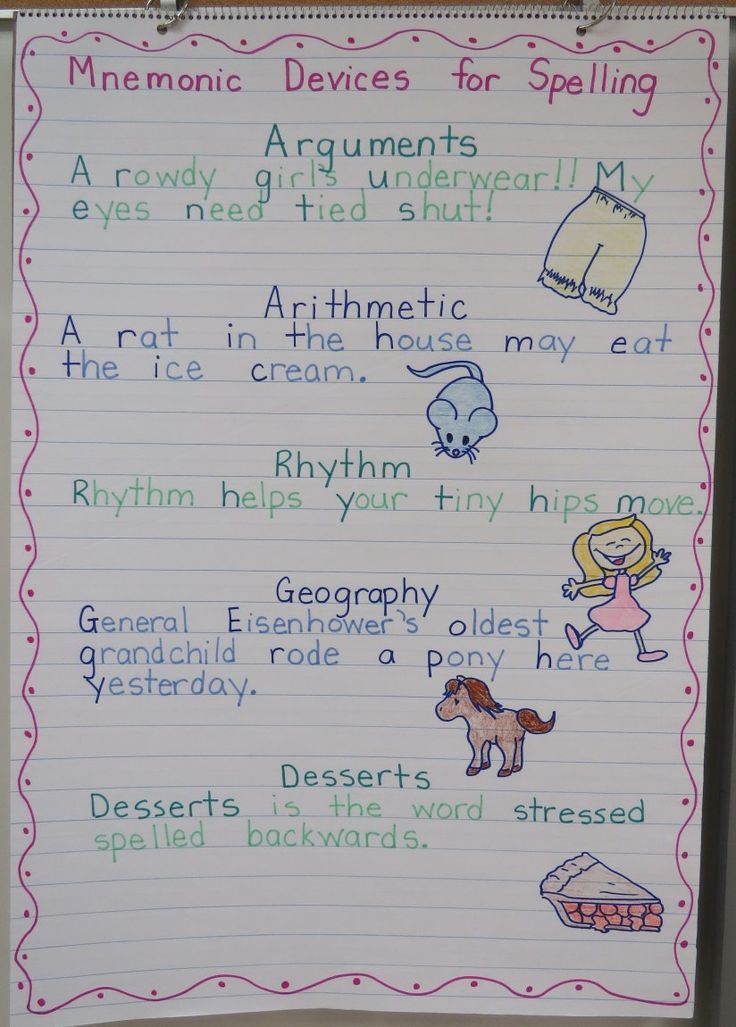
Nevertheless, you are clearly aware of the difference between the real image and the imaginary one - these two processes take place in the brain in parallel (which is why you do not break the monitor during the game). To train memory, you need to think consciously in a similar way.
Just think about what it looks like what you are trying to remember. If you can think of a cat, you can equally think of a HUGE, THREE-DIMENSIONAL, WHITE and detailed cat with a red ribbon around its neck. You don't need to specifically imagine a story about a white cat chasing a ball of thread. One large visual object is enough - this mental image forms a new connection in the brain. You can use this method when reading - one visual image per one short chapter of the book. In the future, remembering what you read will become much easier. Perhaps you will remember this article just because of the BIG WHITE CAT.
But then how do you remember many things in a row? Matthias Ribbing, a multiple Swedish memory champion and one of only 200 people in the world claiming the title of "Grandmaster of Memory", suggests the following method.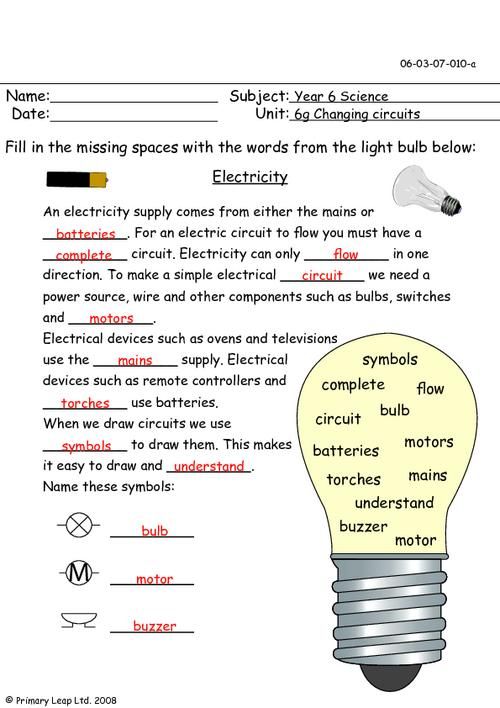 Let's say you need to keep ten tasks in memory at the same time. Think of ten things to remember, visualize them vividly and clearly: finish a piece of code, pick up a child from kindergarten, go grocery shopping, etc. For each task, take the first image that comes to mind (a monitor with a code, a child, a grocery bag, etc.).
Let's say you need to keep ten tasks in memory at the same time. Think of ten things to remember, visualize them vividly and clearly: finish a piece of code, pick up a child from kindergarten, go grocery shopping, etc. For each task, take the first image that comes to mind (a monitor with a code, a child, a grocery bag, etc.).
Imagine a bicycle. Enlarge it mentally and imagine that it is as big as an SUV. Then put each visual image of the task (object) in a separate part of the bike, connecting them in such a way that “front wheel” becomes synonymous with “bags of groceries”, “frame” is synonymous with “monitor with code” (all life is kept at work!) and etc.
The brain will build a new stable connection based on the image of a fantastic bike, and it will be much easier to remember all ten (or more) things.
From Ancient Rules to New Techniques
Source
Almost all of the classic memory training techniques can be found in the Latin rhetoric textbook Rhetorica ad Herennium, written sometime between 86 and 82 BC.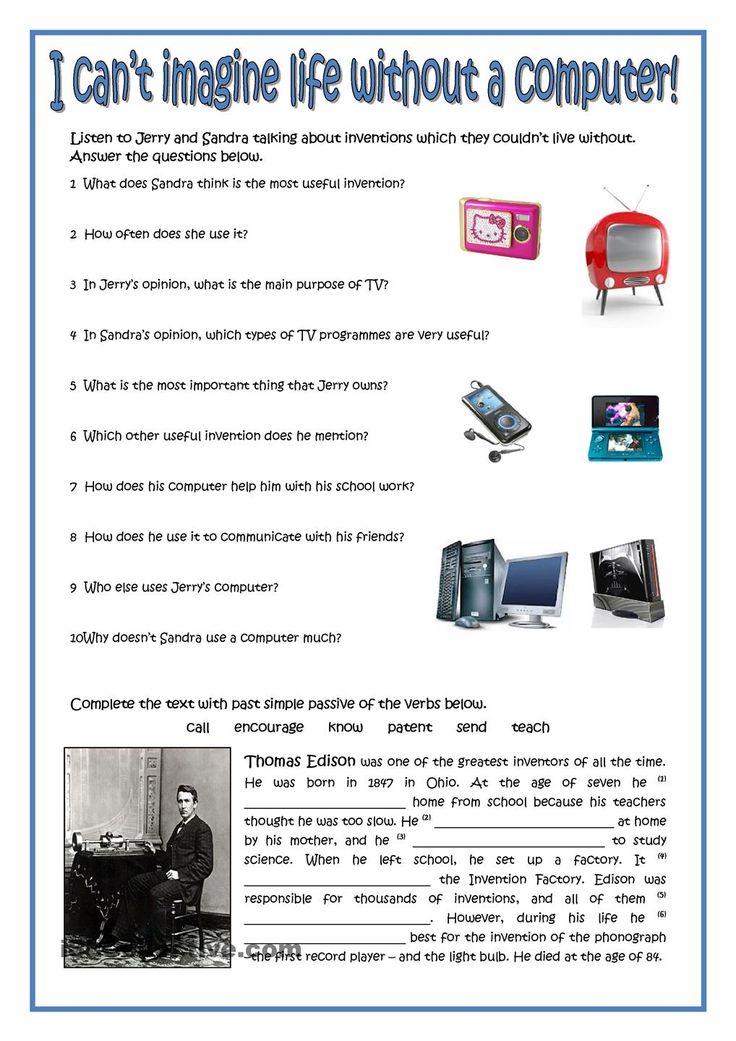 The point of these techniques is to take hard-to-remember information and turn it into easily digestible images.
The point of these techniques is to take hard-to-remember information and turn it into easily digestible images.
In everyday life, we do not pay attention to banal things and often act in automatic mode. But if we see or hear something extremely unusual, huge, incredible or ridiculous, then we will remember what happened much better.
Rhetorica ad Herennium emphasizes the importance of purposeful conscious attention, distinguishing between natural and artificial memory. Natural memory is the memory embedded in the mind, which is born at the same time as thought. Artificial memory is strengthened by training and discipline. An analogy can be drawn: natural memory is the hardware you were born with, while artificial memory is the software you work with.
We haven't come very far in the art of memorization since Roman times, but if you're having trouble with the classical technique (and you often do), take a look at a few new techniques. For example, the well-known mind mapping is built on visual elements that are easier for our brain to learn.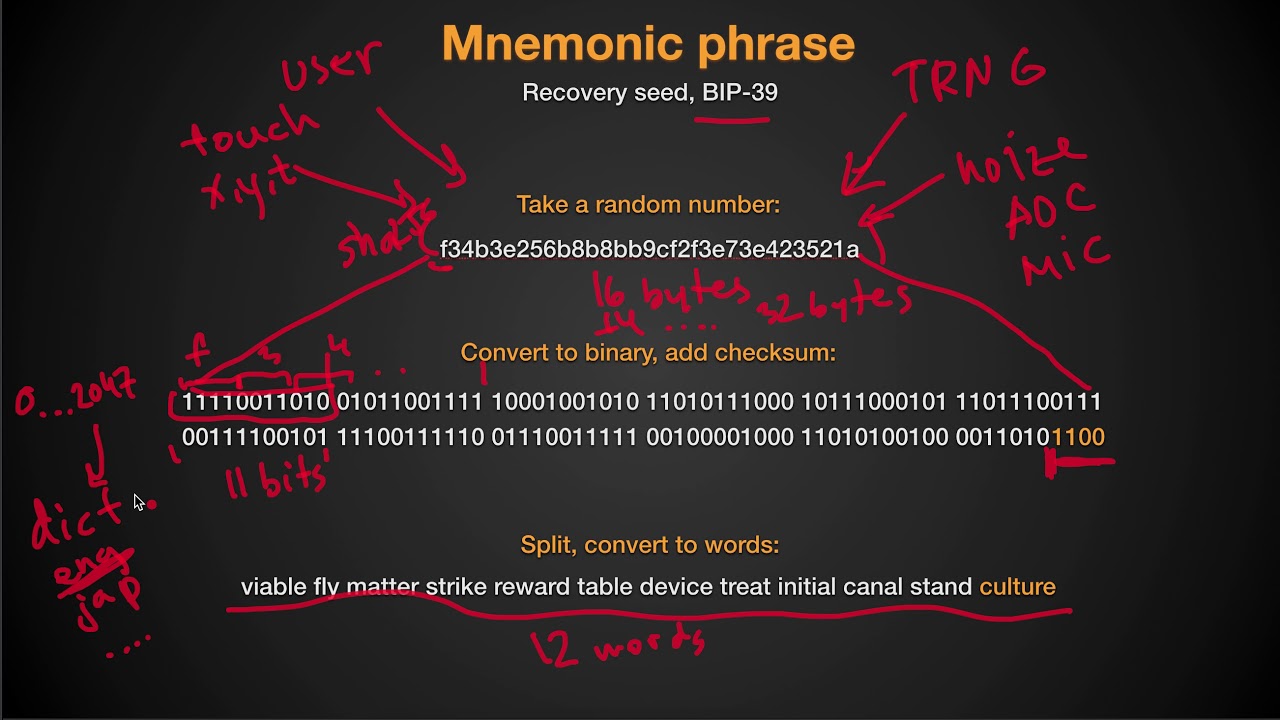
Another popular way to successfully encode information in the brain is to use music.
It is much easier to remember a song than a long string of words or letters, such as a bank account password (for the same reason, advertisers often use intrusive jingles). There are many songs to learn on the net. Here is a song that will help you learn all the elements of Mendeleev's periodic table:
Interestingly, from the point of view of memory, a record made by hand is better absorbed than a computer one. The handwriting stimulates brain cells, the so-called reticular activating system (RAS). It is a large network of neurons with branched axons and dendrites that make up a single complex that activates the cerebral cortex and controls the reflex activity of the spinal cord.
When RAS is triggered, the brain pays more attention to what you are doing at the moment. When you write by hand, your brain is more active in shaping each letter compared to typing on a keyboard.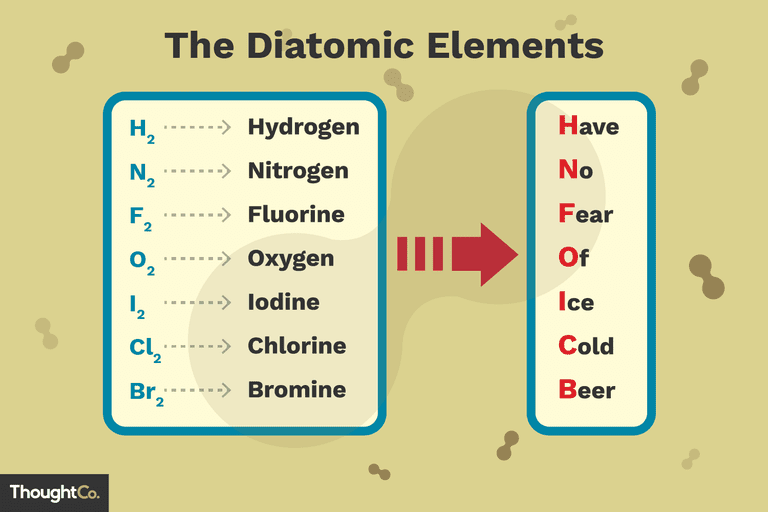 In addition, when creating a record manually, we tend to rephrase information, thus enabling a more active type of learning. Thus, remembering something, if you write it down by hand, becomes easier.
In addition, when creating a record manually, we tend to rephrase information, thus enabling a more active type of learning. Thus, remembering something, if you write it down by hand, becomes easier.
Finally, for better memorization, you should actively work on preserving the information received. If you do not refresh your memory, within a few days or weeks, the data will simply be erased. The most effective way to retain memories is to do spaced repetitions.
Start with short memory intervals of two to four days between workouts. Each time you successfully learn something, increase the interval: nine days, three weeks, two months, six months, etc., gradually moving up to intervals of years. If you forget something, start short intervals again.
Overcoming the plateau of difficulty
Sooner or later, in the process of improving your memory, you will achieve such efficiency that you will basically solve tasks on autopilot.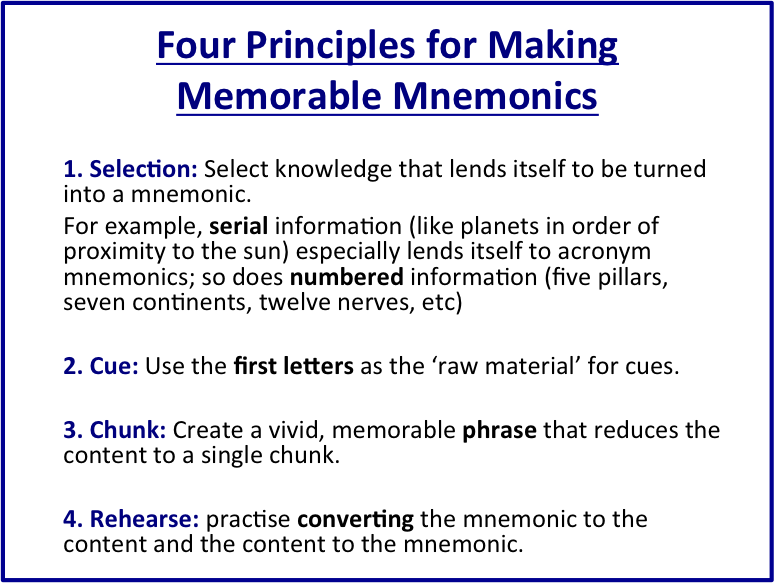 Psychologists call this state the “plateau effect” (plateau means the upper limits of innate abilities).
Psychologists call this state the “plateau effect” (plateau means the upper limits of innate abilities).
There are three things that will help you overcome the stagnation stage: focus on technique, persistence of purpose, and immediate feedback on performance. For example, the best skaters spend most of their training time doing the rarest jumps of their program, while novice skaters practice the jumps they have already mastered.
In other words, ordinary practice is not enough. Once you hit the memory limit, focus on the hardest and most error-prone elements, and keep training at a faster pace than usual until you get rid of all the errors.
There are a few science hacks you can use at this stage. So, according to a publication in the journal "Neurobiology of Learning and Memory" [4] , daytime sleep for 45-60 minutes immediately after learning practice can improve memory by 5 times. Also significantly improves memory [5] performing aerobic exercise (running, cycling, swimming, etc.